Discussing various critical methodologies in academia, Anderson asks how art theories and histories can be revised and recontextualized to include a theological interpretation.
Discussing various critical methodologies in academia, Anderson asks how art theories and histories can be revised and recontextualized to include a theological interpretation. To consider an example of this as an interpretive method, he refers to the thesis of art historian Thomas Crow’s book, No Idols: The Missing Theology of Art (2017) which examines the work of Colin McCahon, Mark Rothko, James Turell, and Sister Mary Corita Kent. Anderson posits: “It’s not just that this handful of artists managed to be theologically interesting despite the depth of their engagement with the values of modern and postmodern art, but that the central values of modern and contemporary art are themselves theologically interesting or are inwoven with significant theological concepts and concerns.”
Following Crow’s line of inquiry, Anderson wonders if many other artists might fall under this interpretive category, “whose works have important religious points of reference and theological intelligence, even if these works are not ‘religious’? Couldn’t similar books, for example, be written to also include extended case studies on Natalia Goncharova, Hugo Ball, Kazimir Malevich, Emily Carr, Romare Bearden, Andy Warhol, Ed Ruscha, Sol LeWitt, Dan Flavin, Paul Thek, Mierle Laderman Ukeles, Anselm Kiefer, Cornelia Parker, Marlene Dumas, Ann Hamilton, Mark Wallinger, Francis Alÿs, Theaster Gates, Kris Martin, Danh Vo, Arthur Jafa, Andrea Büttner, and so on?”
While Elkins is concerned that this methodology might be a counterintuitive interpretation of artistic work, Anderson proposes ground rules for considering a work of art from a religious interpretive lens: “(1) Any such reading must be highly accountable to all available evidence regarding the work and the contexts of the work (including whatever we can discern about artists’ intentions); (2) it must be intellectually honest, even if perhaps adventurous, in following that evidence wherever it might lead (including away from whatever the scholar’s beliefs might be); and (3) it must convincingly demonstrate its connection and contribution to the best existing art-historical accounts.”
In making these rules, Anderson underscores a critical distinction in terms used by scholarship differentiating between ‘religion,’ ‘spirituality,’ and ‘theology’: “When ‘religion’ gets written about in contemporary art, it often gets collapsed down to series of anthropological or sociological categories, conducive to analyzing visual and material culture. And when ‘spirituality’ gets written about, it often gets collapsed in the other direction, so that it feels historically and philosophically unmoored – a bit like Schliemann’s excavations. But ‘theology’ is a complex mode of dialogical reasoning, that is, as you point out, historically extended, historically specific, and historically accountable. Which Anderson and Elkins both agree has more potential for art historical study.
Considering the concrete example of Dan Flavin (who did not explicitly consider his work to be religious), Elkins and Anderson discuss his icon series as a speculative attempt to reinterpret Flavin’s work within a theological hermeneutic. Utilizing biographical details to contextualize the reading of Flavin’s work (not only did Flavin grow up Catholic, but also attended theological seminary), Elkins and Anderson conclude that interpretation is not limited to the intention of the artist, but how readings of their work are connected to larger historical and philosophical explorations.

